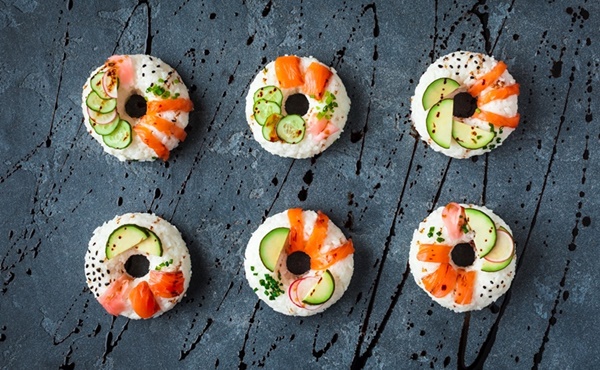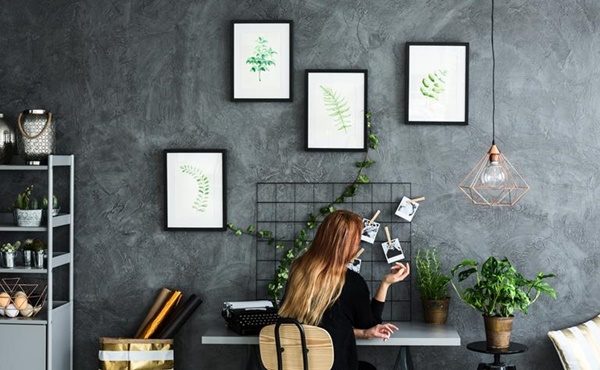Walk into the offices of UK-based Trend Bible, and you won’t see any crystal balls. You won’t see any tarot cards or tea leaves. And certainly no staff members throwing darts at a dartboard.
As global home trend forecasters, the staff at Trend Bible instead rely on a set of methodologies, dialogue and research that have been honed over the years.
“The truth is, as trend forecasters, we certainly don’t have a crystal ball that we look into and see the future,” says Helen Jamieson, Trend Bible’s senior trend strategist.
“What we do have is a set of methodologies, ways of thinking and ways of researching that we’ve developed over the years which help us confidently create future visions. The trick is really about looking for early signs of change.”
Drawing from a popular theory of adoption from sociologist Everett Rogers, Jamieson says an important part of forecasting is identifying when a trend will reach ‘a tipping point’ and become relevant to the mass market. However, this can be challenging when predicting home trends, because the cues here are often more subtle and difficult to track as compared to other markets such as fashion.
“It’s fair to say that trends in home certainly do change season on season, however, it’s more of a gentle evolution rather than a revolution,” she points out.
So, what are the biggest shifts affecting consumer attitudes and behaviours in the home space?
1 Living well in smaller spaces
More people are living in smaller spaces, both by necessity (as population density increases) and choice (as tiny homes become more popular). But that doesn’t mean they need to sacrifice comfort and function.
As home designs adapt, expect to see even more multifunctional tools and clever storage options. Appliances will also be down-sized and possibly even become multi-functional, says Jamieson, noting a countertop dishwasher that doubles as a food steamer and sanitiser for baby equipment.

2 Adapting ambiance
“Living spaces are becoming ever more multifunctional and householders want to be able to adapt the ambiance to support their changing mood and to even support their health and wellness,” says Jamieson.
As part of this, look for consumers to invest more in devices that appeal to their senses. These may include lights that emulate sunrise, or something like the Sony Life Space Glass Sound Speaker that combines light and sound and can be easily adjusted as you carry it from room to room. While smart devices will certainly contribute to this trend, Jamieson notes that traditional products such as scented candles are still very relevant.

3 Food and feeling
Simply put, consumers have a new relationship with food. “The food we eat becomes an expression of our identity and a reflection of our changing moods,” Jamieson shares.
Trend Bible is seeing consumers adopt a more polarised approach to their eating, i.e. they may stick to healthy, clean foods during the work week, but move to a dirty burger or sugary snacks during the weekend. In addition, social media is creating a fashionable approach to food, and the food industry is responding with ‘unusual and exciting’ formats and options to feed this behaviour.

4 Cleaning as an art form
Time is one of our most valued commodities, and most people don’t want to spend too much time doing a chore that is viewed as boring or unrewarding. Enter the elevation of cleaning to an art form.
“Consumers are looking for quicker and easier ways, more efficient ways, more enjoyable or more rewarding ways to get the job done,” Jamieson notes.
As an example of the elevation of cleaning, she highlights Clean Living’s line of natural, eco-friendly cleaning products that look more like they belong in a cosmetics store than the cleaning aisle.
By Rachel Crippin Clark







